|
Since my last post landed us in Argentina, I thought it would be fun to hop over to Chile, which is on the other side of the Andes. The Andes is among the world’s highest mountain range in the Western Hemisphere, running from north to south on the western side of South America separating Chile from Argentina. The Andes also borders on Bolivia, Columbia, Ecuador, Peru and Venezuela. Our stop is in Central Valley, one of the largest wine regions in Chile, encompassing about 250 miles with varying climates and soil. A variety of grapes are grown here including Chile’s icon grape, Carmenere. To refresh your memory or if you are reading my blog for the first time, here is an excerpt from a story I wrote a few months ago about Carmenere. “The Carmenere grape is a member of the Cabernet family and was originally planted in the Medoc region of Bordeaux, France. It is considered part of the original six grapes of Bordeaux. Carmenere was thought to be extinct after the European phylloxera outbreaks in the 19th century. However, the grape was rediscovered in Chile in the 1990s after having been imported there in the 19th century. Chile now has the largest area of planted Carmenere in the world. Today, Carmenere grows chiefly in the Colchagua Valley, Rapel Valley, and Maipo Province of Chile and produces the majority of Carmenere wines. The name Carmenere comes from the French word crimson. The grape is known for its deep red color, soft tannins and flavors of blackberry, cherry and spice.” Within Central Valley is a sub-region called Rapel Valley, a warm and dry region, producing about a quarter of all Chilean wine. It is sheltered from the cold by two mountain ranges, the Andes and the Coastal Range. Cabernet Sauvignon, Syrah and Carmenere are the most important grapes grown here. And this is where Concha y Toro harvests the Carmenere for their Casillero del Diablo Reserva. The soil in this area is riverbench and benchland associated. The summers are hot with mild winters and sweeping differences in day and night temperatures, all typical of the Mediterranean climate here. The growing season is long allowing the grapes to ripen slowly. Casillero del Diablo Reserva Carmenere 2016 is 100% Carmenere. The color is red violet with aromas of pulpy dark fruit, cherry, sweet spice and vanilla. The palate offers a lovely blend of dark berries, plum, cherry and dark chocolate with vanilla and pepper on a long finish. This is an expressive wine with soft tannins and just the right amount of fruit intensity. It is a great wine to serve with cheese, hearty stews and game during the winter months, but it will drink beautifully with summer fare as well! Alcohol: 13.5% SRP: $12 In fact, it was the perfect choice to pair with the vegetarian spicy Sweet Potato Chili that I made for dinner! For more information on Chile and Concha y Toro, please peruse my past stories I have written by choosing from the right-hand menu on this page.
Cheers! Penina To leave a comment or if you have an inquiry, please contact me at [email protected]  It was a cold and blustery night, the car temperature read 6 degrees outside, but Don Melchor and I were determined to reach the restaurant no matter what. As I was driving I kept looking anxiously at the passenger seat to make sure Don was safely strapped into the seatbelt. Having traveled thousands of miles from Chile to partake in the evening’s festivities, it was important for my journeyer to have a smooth ride. Concha y Toro Don Melchor Cabernet Sauvignon and I go back a few years. I’ve had the pleasure of drinking several vintages, all of them outstanding. My last story and review was on the 2013 vintage. Please take a moment and read it to learn the history of Don Melchor, the region, climate and soil so that you can appreciate the beauty of this wine. http://thewineknitter.com/1/post/2016/11/day-532-don-melchor.html  Enrique Tirado Enrique Tirado Don Melchor Cabernet Sauvignon is Chile’s first and most renowned icon wine. With winemaker Enrique Tirado at the helm, each vintage of Don Melchor is expressive and elegant. Every year Tirado chooses grapes from 50 to 60 parcels, out of the 142 located in Puente Alto on the north bank of the Maipo River. Tirado says, “each parcel not only offers a unique expression, but that expression varies from year to year”. The 2014 Don Melchor Cabernet Sauvignon is a blend of 92% Cabernet Sauvignon and 8% Cabernet Franc. Prior to tasting, we decanted the wine to allow the aromas and flavors to open. The color is ruby red with seductive aromas of dark cherry, plum and dark currant. The palate offers dark and lush berries, plum, cocoa, and spice. The wine is full-bodied with velvety tannins and a long black cherry finish. We paired the wine with a variety of dishes such as baked Brie with truffles, oysters, halibut and scallops with leek fondue. And yes, I saved a sip to pair with the apple and blueberry strudel. Alcohol: 14.5% SRP: $125 This is a wine to savor and share! Drinks beautifully!
I look forward to our date same time next year, Don Melchor! Cheers! Penina To leave a comment or if you have an inquiry, please contact me at [email protected] Sparkling wines are produced worldwide. And I have been fortunate to sample some excellent wines from unusual places. For instance, last year I received a few bottles of sparkling wine from England. I must admit that I was quite dubious about the source prior to tasting them. However, the wines were amazing! You can read my story at http://thewineknitter.com/1/post/2016/12/day-539-england.html When a few bottles of sparkling wine were delivered to me a few weeks ago from Tasmania, I knew that I was in for a treat. Tasmania is known for its fertile land and cool climate, which is conducive for growing grapes. And it has become a popular wine-growing region, spreading its good cheer globally. Tasmania is an island located 150 miles to the south of Australia’s mainland. Although it is separated by the Bass Strait, Tasmania is a part of Australia. The wine regions enjoy a maritime climate and are sheltered from rainfall and high winds by dolerite-capped mountains that dominate the Tasmanian landscape. With the absence of extreme temperatures, grapes are allowed to ripen slowly on the vine while maintaining natural acidity which in turn helps to give the wine freshness and balance. The soil on the lower slopes of the vineyards is a combination of ancient sandstone, mudstone, river sediment and igneous rocks of volcanic origin that contribute to very aromatic and heightened flavors in the wines. The most common grapes grown in Tasmania are Pinot Noir, Chardonnay, Sauvignon Blanc, Pinot Gris and Riesling. There are 1800 hectares under vine, 160 licensed wine producers and 230 individual vineyards. Australia’s finest sparkling wines come from Tasmania. And with ideal growing conditions for producing sparkling wine, it dares to challenge Champagne. House of Arras is led by Australia’s most awarded sparkling winemaker, Ed Carr. Out of 34 years in the wine industry, Carr has devoted 27 years to sparkling wine production. He believed that Tasmania had the potential for producing Australia’s best sparkling wine due to its fruit resources. And so, in 1995 the company made the decision to produce Tasmanian prestige cuvée. In 2002, the first vintage of the 1998 Arras was released, made from 100% Tasmanian fruit. Arras sources Pinot Noir and Chardonnay grapes from top vineyards in southern Tasmania and the southeast coast. The 2003 House of Arras EJ Carr Late Disgorged Sparkling is a beautiful blend of Pinot Noir and Chardonnay. It spent 12 years on lees and 28 months under cork. It was disgorged in June 2015 and is bottle 0384 of 2200. The color is vivid yellow with fine bubbles. The nose offers soft citrus, honey, bread dough and a hint of almond that opens up to a wine that is delicately elegant and full of richness on the palate. The texture is creamy with hints of brioche, citrus and honey. This is an exquisite and refined sparkling wine! Visit their website to find out how to order these delicious wines. http://houseofarras.com.au/ SRP $140 Alcohol: 12.5% 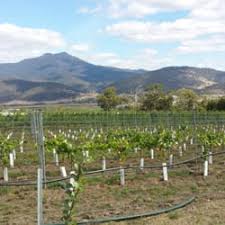 Image is courtesy of Stefano Lubiana Winery Image is courtesy of Stefano Lubiana Winery Stefano Lubiana Wines is led by Stefano (Steve) Lubiana, a fifth- generation winemaker. The family biodynamic vineyards, which were established in 1990, are located at the foothills of the Derwent River estuary and consist mainly of Pinot Noir and Chardonnay grapes. The first sparkling wines were produced in 1993. Stefano Lubiana NV Brut Reserve is a multi-vintage blend of Chardonnay and Pinot Noir made in the traditional method using a combination of oak and stainless steel during fermentation. The wine spends 22 months of aging on lees in the bottle that contribute to the depth and character of the wine. The color is straw yellow with fine bubbles and a smooth texture. Aromas of fresh citrus, floral and nuts segue onto the palate with toast, spice and a hint of lemon zest on the finish. This is a crisp and beautifully balanced wine. Use this link to order direct from the winery. https;//slw.com.au/ SRP: $38 Alcohol: 12.5% The sparkling wines of Tasmania are expressive and impressive! And since I don’t see a trip planned to Tasmania in my foreseeable future, I look forward to the day when Tasmania’s sparkling wines are available within driving distance of my house! Hurry up Tasmania…we’re waiting!
|
Categories
All
|

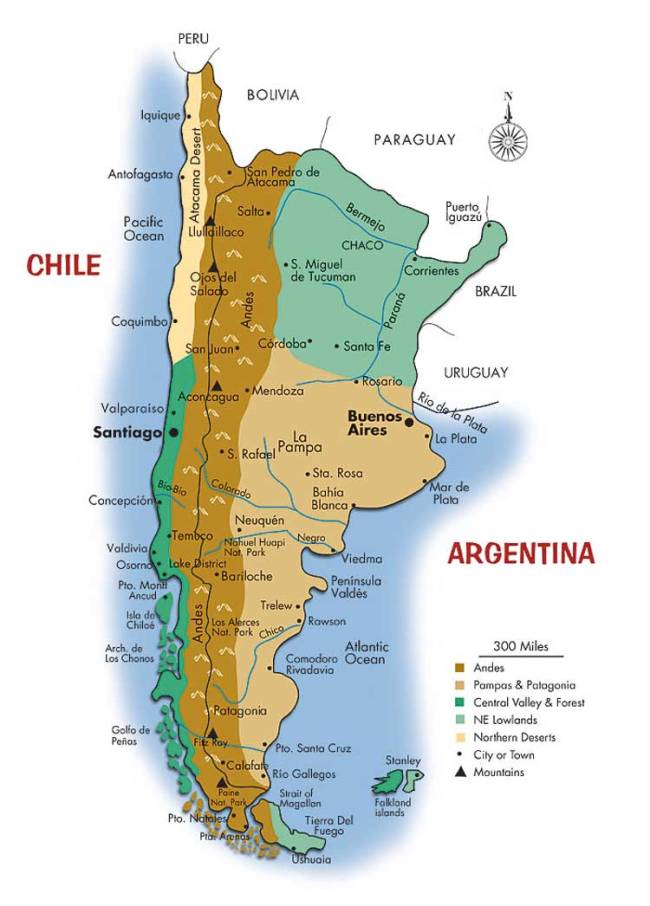
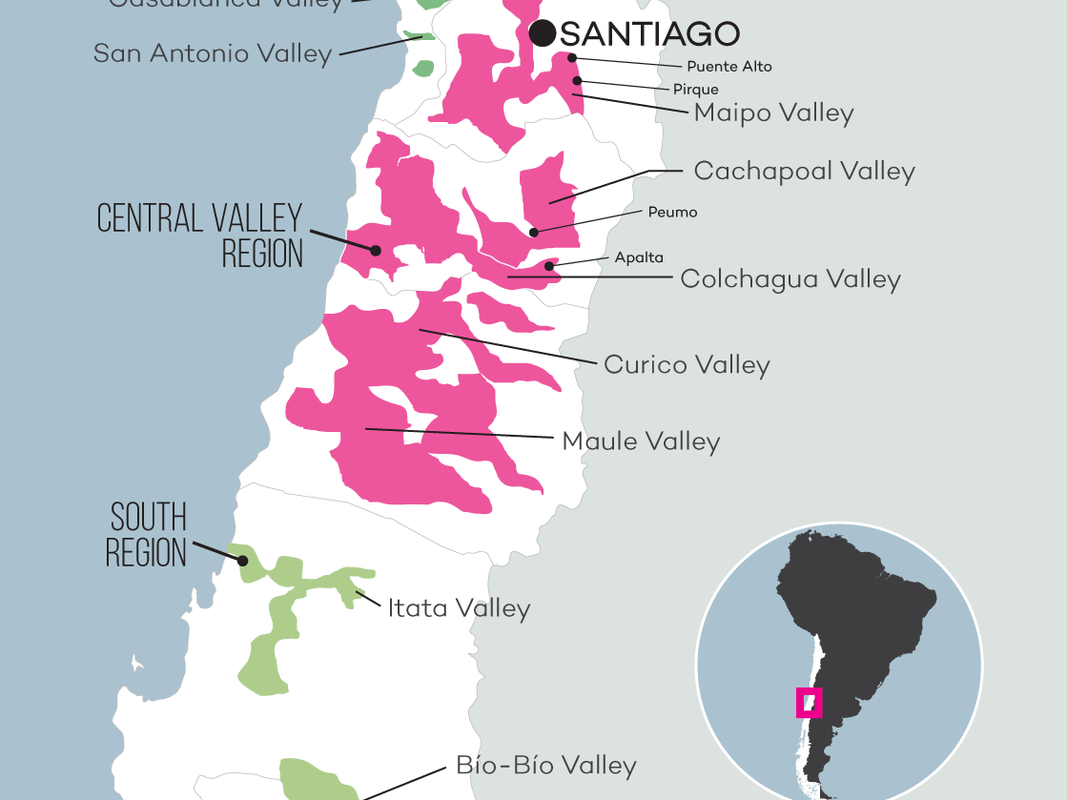
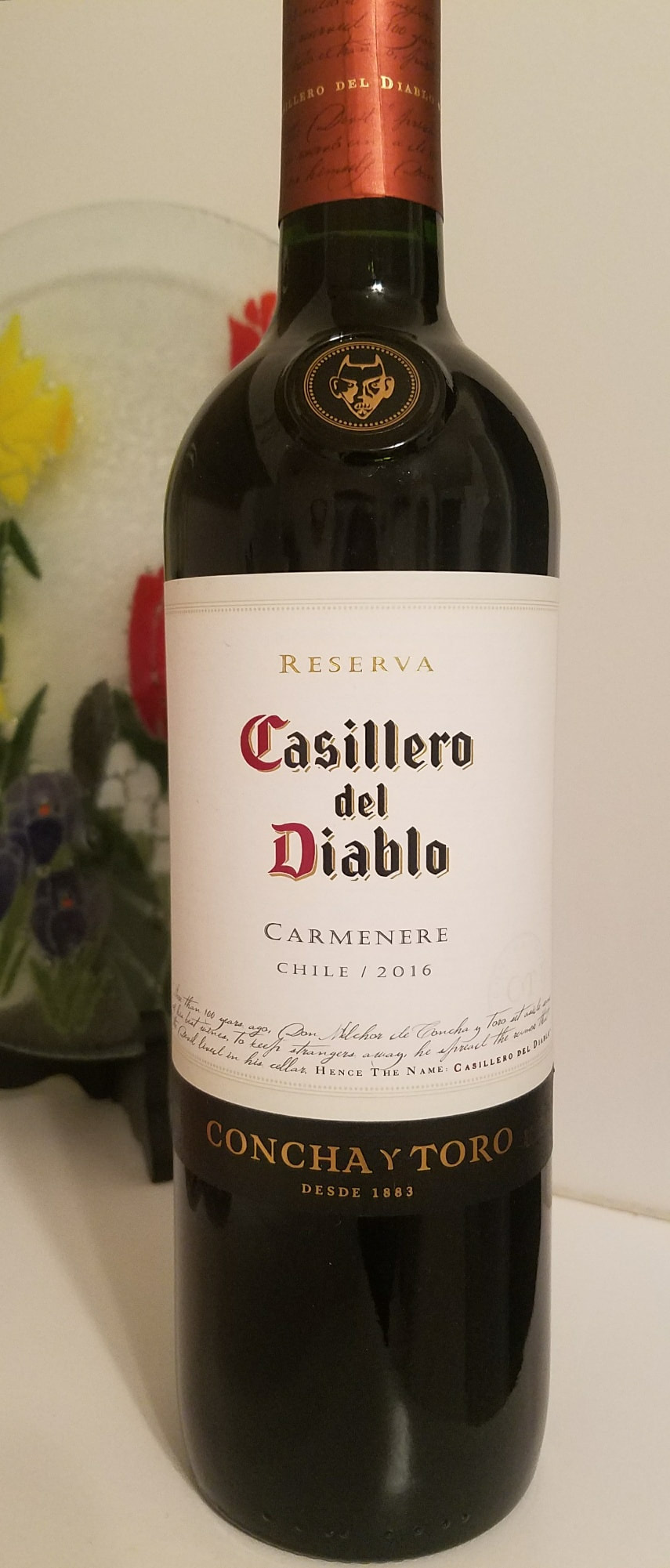
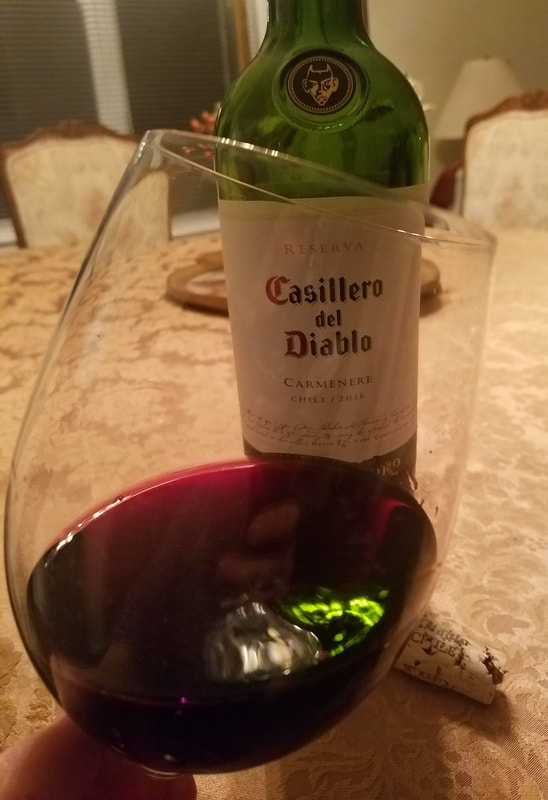
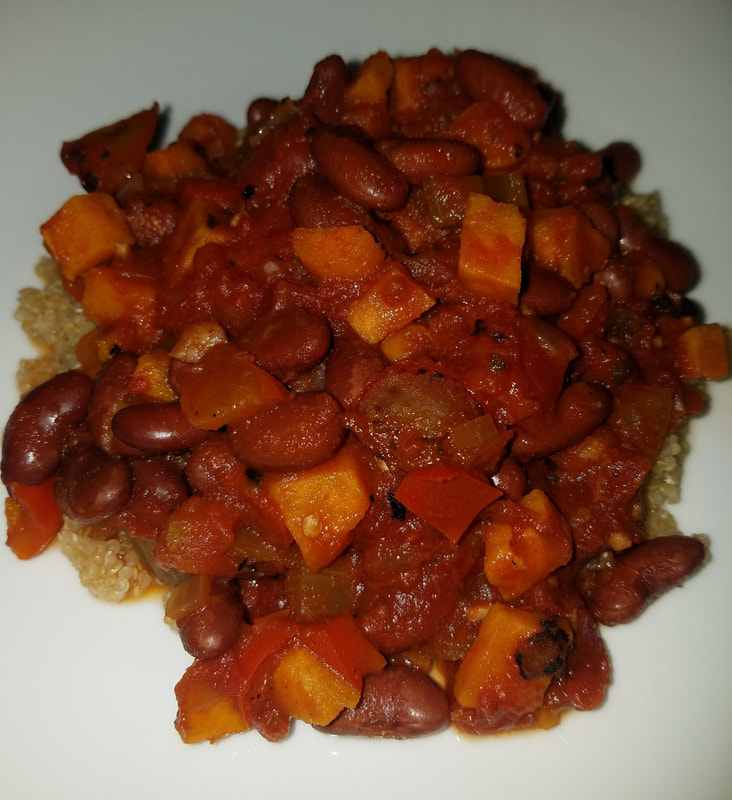
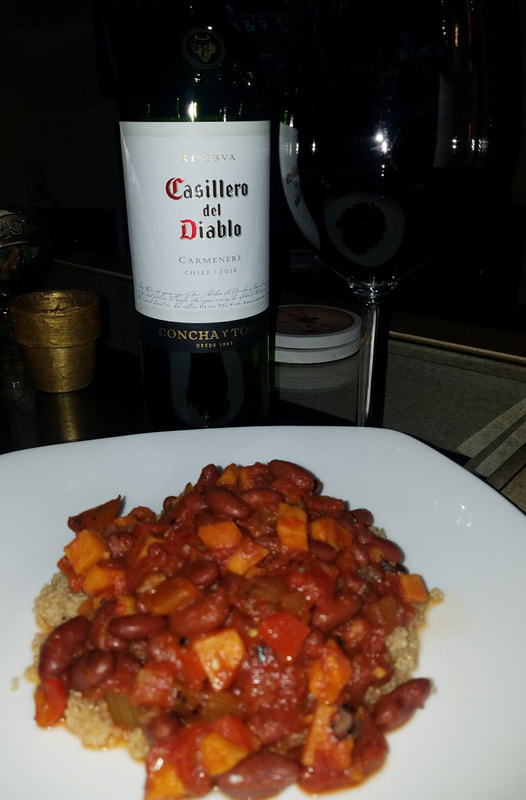
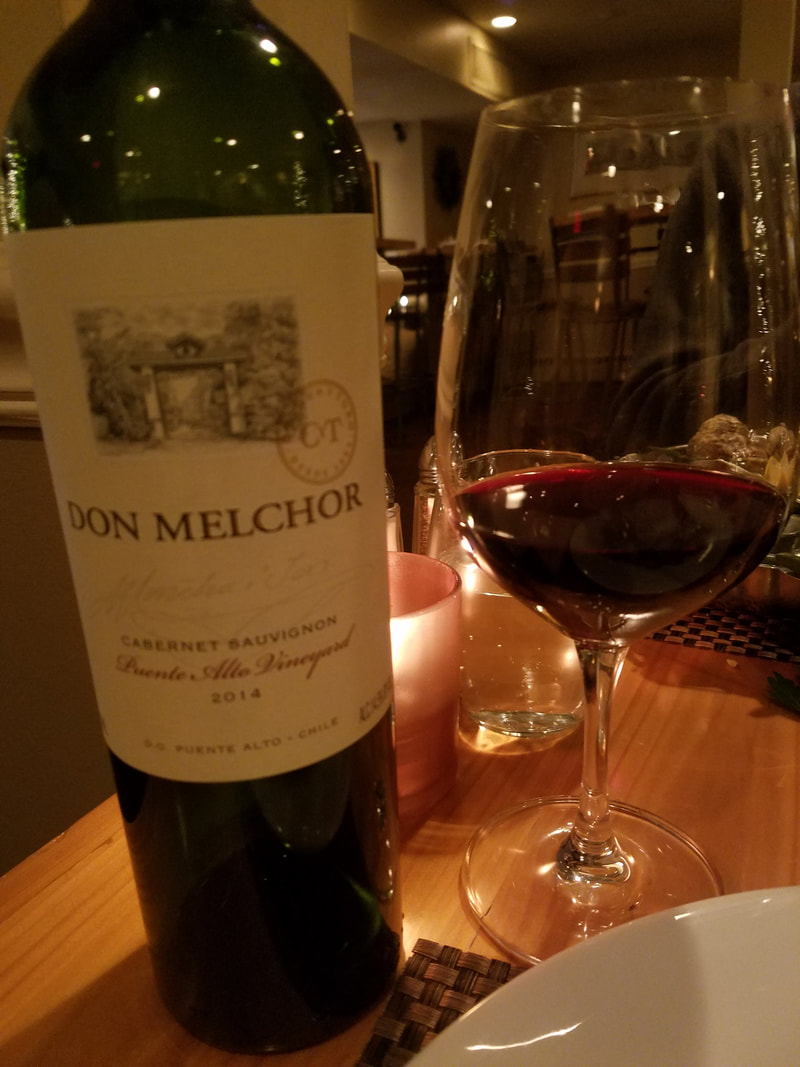
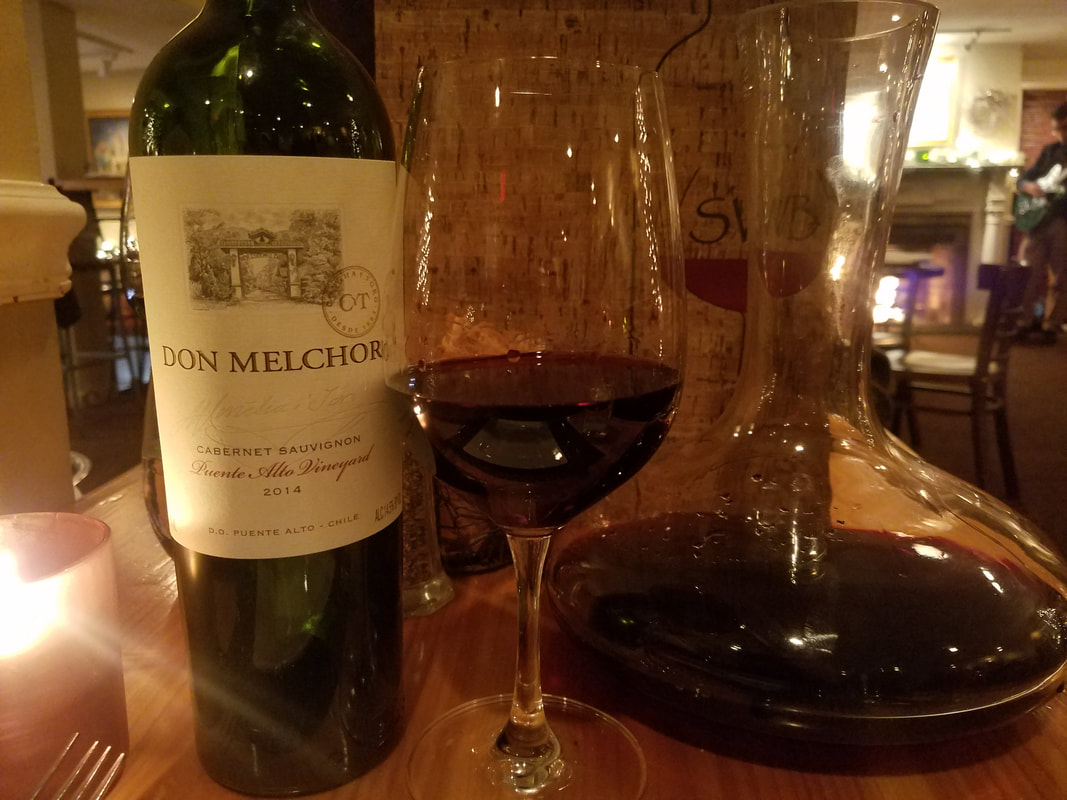
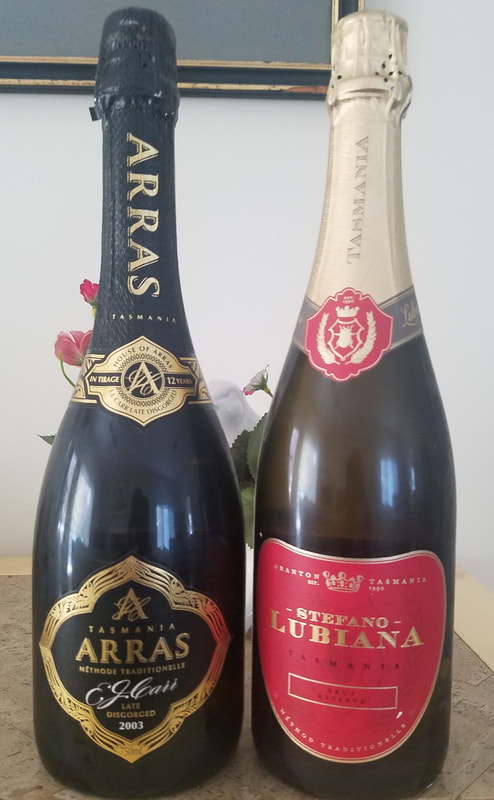
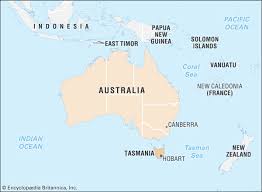
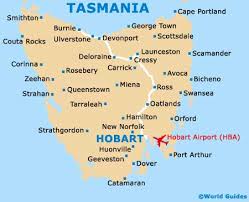
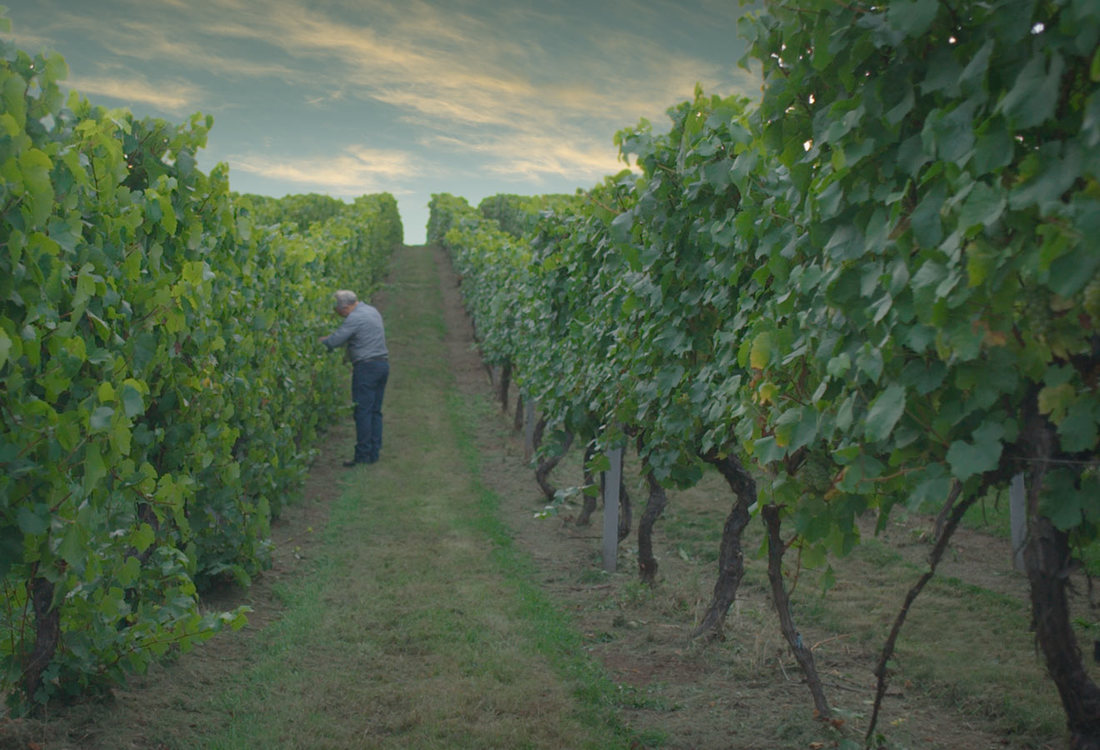

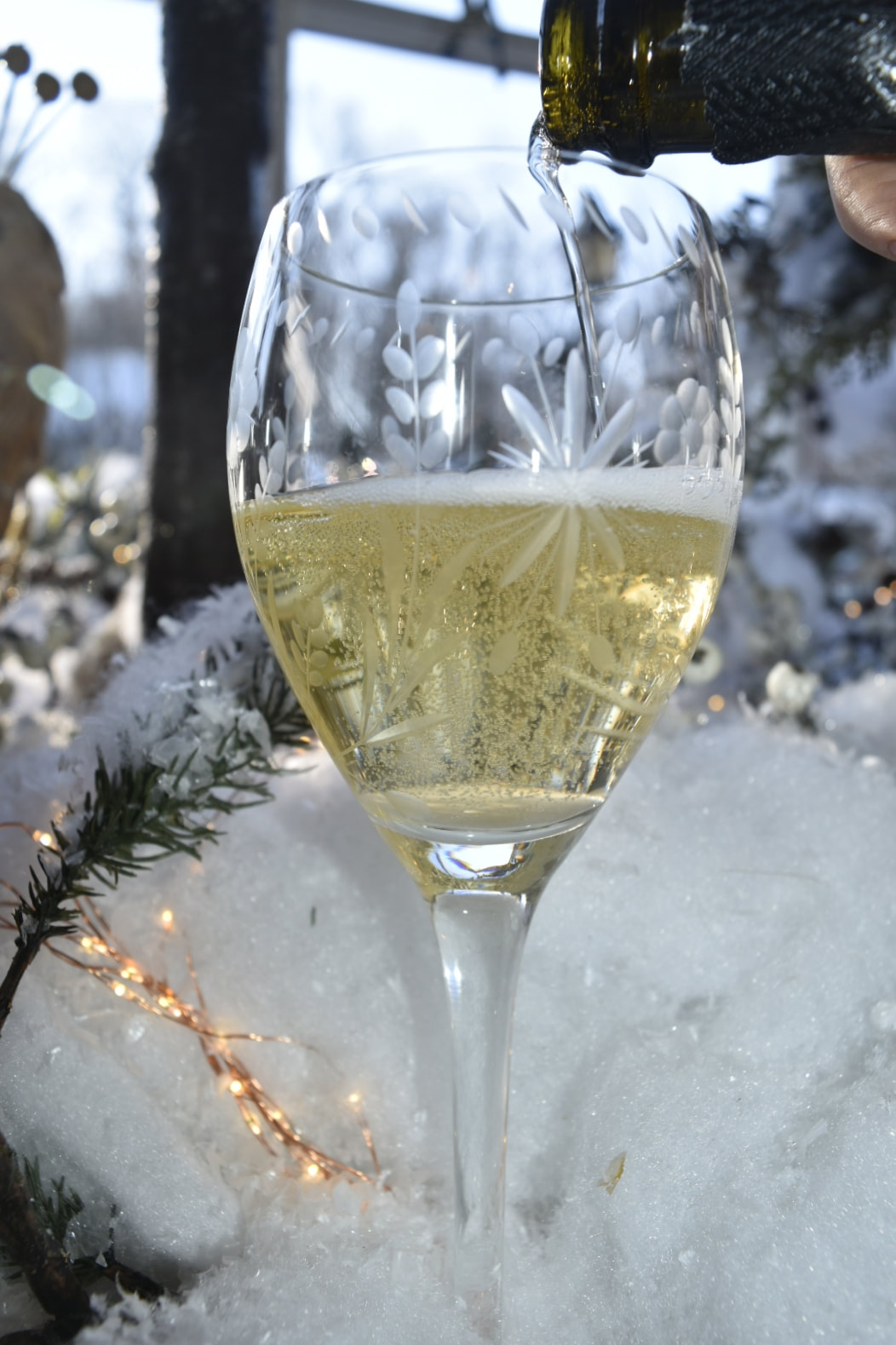
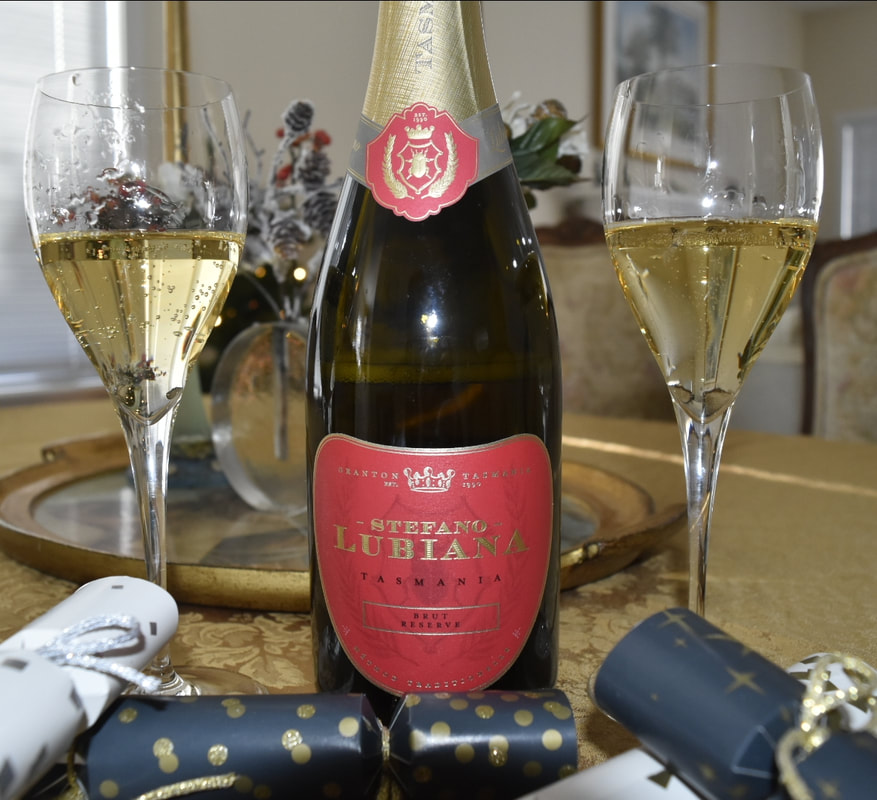
 RSS Feed
RSS Feed